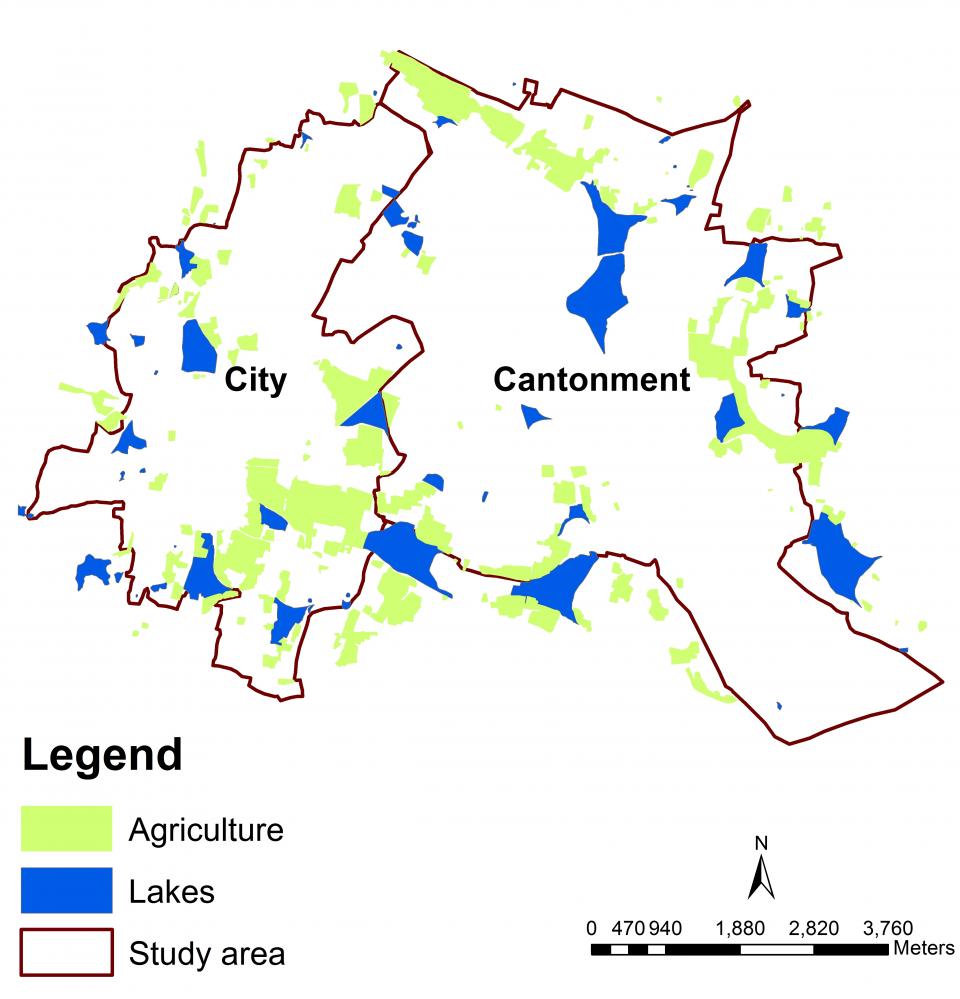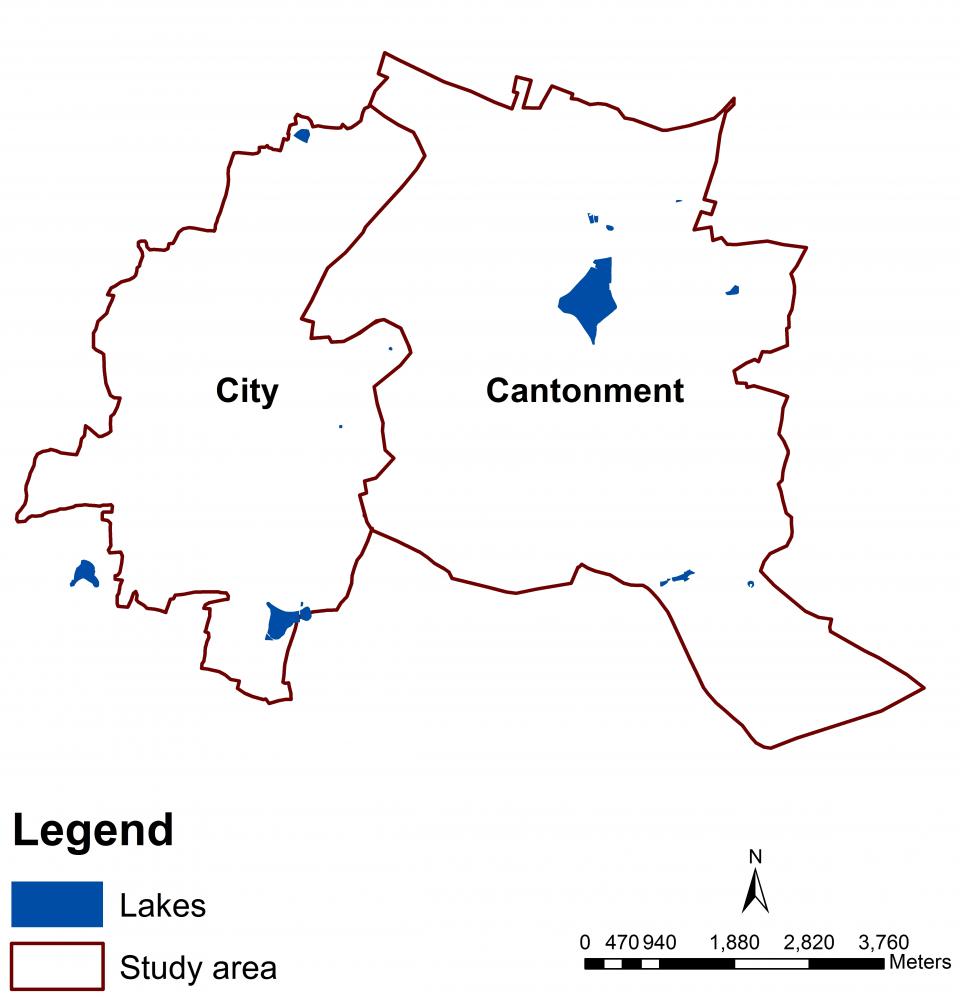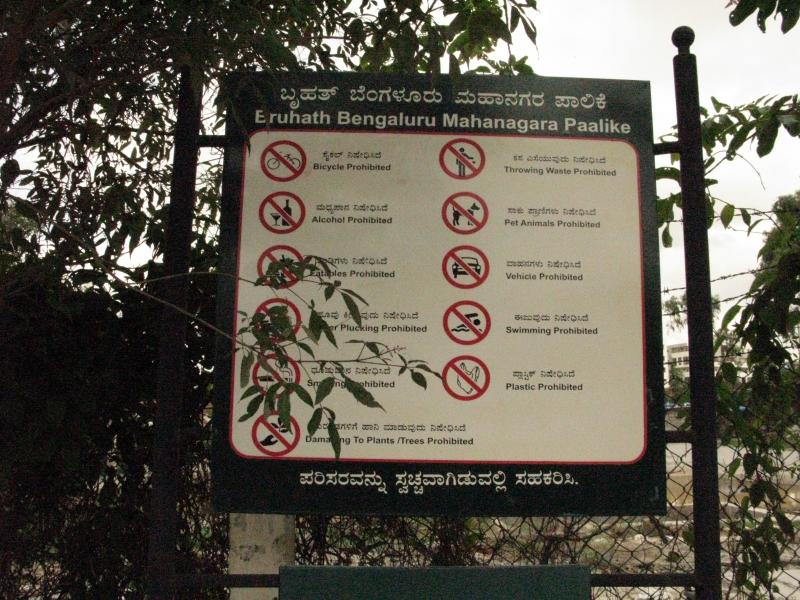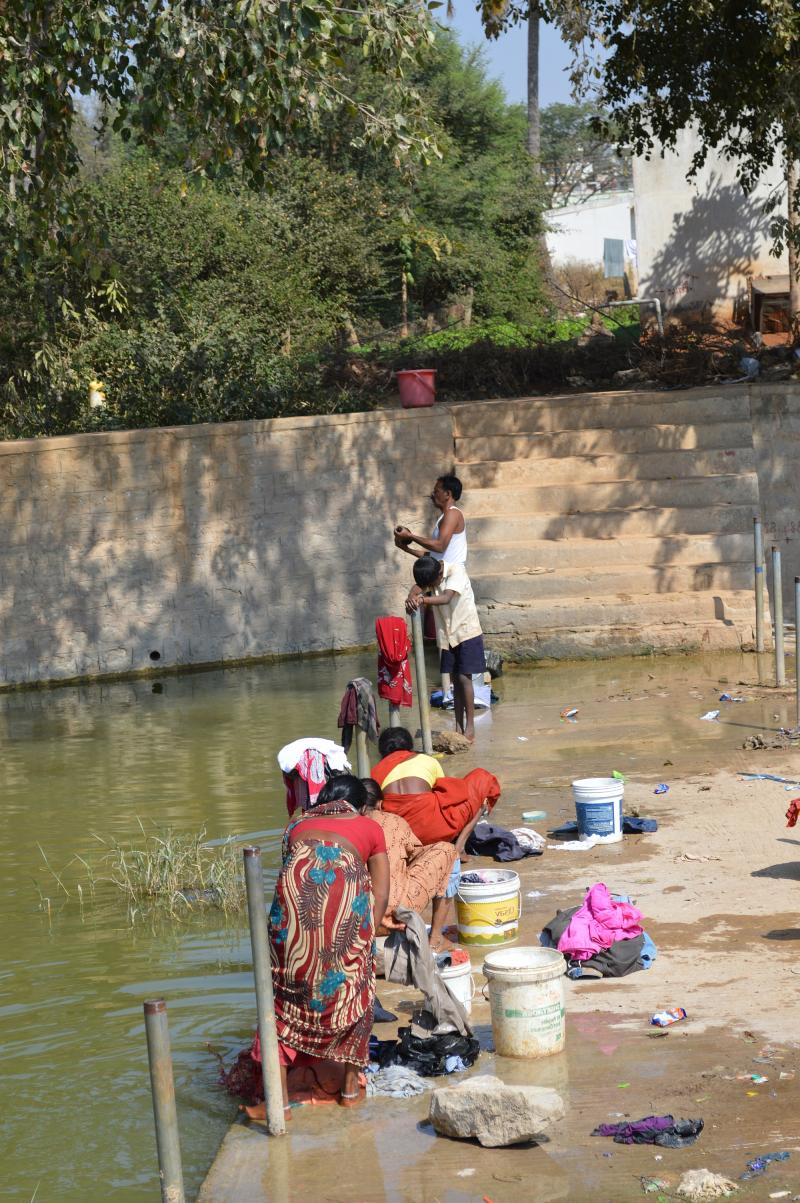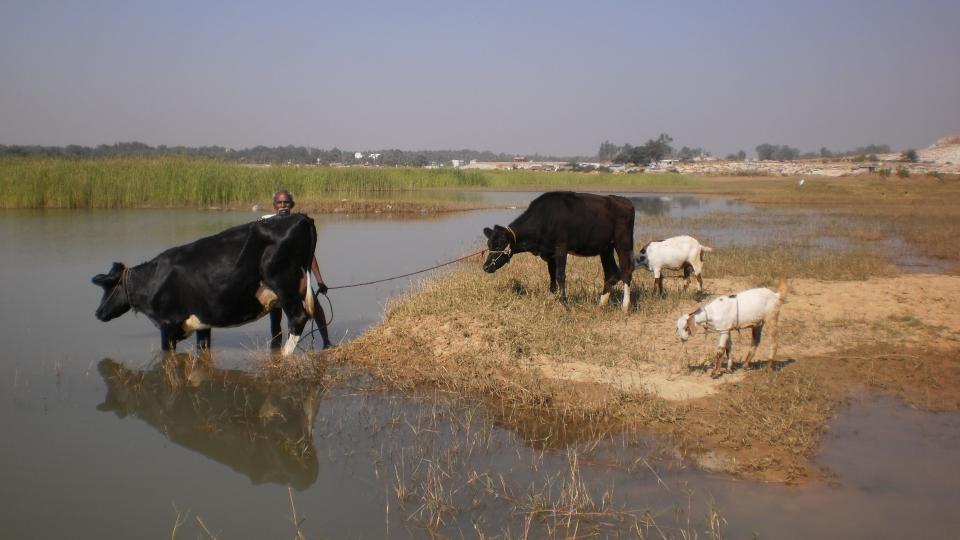Bangalore has a history of continuous urban settlement going back to the mid-sixteenth century (when it was founded by the medieval chieftain Kempe Gowda). Yet the region has a longer history of human habitation that dates back to the Stone Age, as evinced by the presence of megalithic stone tombs. Epigraphical inscriptions (on copper plates and stones) from the seventh century CE indicate the existence of multiple organized settlements practicing agriculture and pastoralism. This long history of occupation is remarkable for a city that is not connected to any major perennial water sources. The city depended instead on an interconnected system of tanks or lakes that harvested rainwater. As the landscape was gradually settled, these water bodies were progressively constructed, maintained, and managed by local communities and local rulers. As in other parts of peninsular southern India, the locations of these lakes exploited the naturally undulating terrain such that excess monsoon water from lakes at a higher elevation overflowed into the lakes below. As lakes were rain-fed and mostly seasonal, they operated in tandem with open wells, providing water to the region’s many residents.
Apart from being critical drinking water sources, lakes were also very important for the local economy. Farmers relied on lake water to grow rice, vegetables, and orchard crops, while fishers and pastoralists depended on the lake for the fish it supplied and the grassland it supported. Water from the lakes was used for domestic needs. An inscription from 1307 CE recorded the construction of a lake in unusual detail—local residents “having cleared the jungle in the tract of land adjoining ‘Peru-Erumur,’ leveled the ground, built a village, constructed a tank by removing the sand, and named the village Vacchidevarapiram.” Local communities crafted rules and norms that regulated access to, and appropriation and management of, ecological resources from lakes.
Stone inscriptions found adjacent to lakes document grants of agricultural lands, orchards, groves, and wells supported by the lake, to the creator of the lake or to local temples. Such inscriptions—attributed to chieftains, homemakers, merchants, and prostitutes, all of whom were instrumental in the creation or maintenance of the lake—pay testament to people’s long-term visions. One grant asserts its validity “as long as the rocks, the Kaveri (river), the grass and the earth endure.” Horrific curses of “the sin of slaughtering tawny cows and Brahmins,” “being born worms in ordure,” and being born “the husband of his own mother” were used to deter future violators. Deities (typically female) representing the lake were worshipped, and the divinity accorded to these lakes also ensured that the water bodies were restored every few years through community work. Communities were neither homogenous (each user group visualized the use of the water body differently), nor egalitarian (divided as they were along lines of caste and gender). Lake access was often built on unequal, yet intimately intertwined, social-ecological relationships between different communities.
The formerly close relationship of lake-dependent communities with the water bodies that once nourished and sustained them is now fragmented. As Bangalore expanded in size and population, the city began to face severe challenges of water scarcity. Within the broader ambit of multiple technological projects (e.g., electrification) that characterized the colonial era, Bangalore’s rulers began to look towards piped water from outside the city to meet its water requirements. In the 1890s, the city began to access water from distant sources (Hesarghatta Lake, TG Halli Reservoir, and eventually the Cauvery River). With the advent of piped water, most city residents stopped depending upon lakes as a source of water. As urbanization proceeded swiftly, lakes became polluted with sewage and industrial runoff. Rapid urbanization, an influx of people, and the resultant demand for land contributed to their decline. Between 1885 and 2014, most lakes in the heart of the city vanished (Figures 1 and 2).
Concomitant with this change was a paradigmatic shift in the way lakes were perceived. Once utilitarian resources of cultural importance and livelihood resources, lakes began to be considered sources of risk, as malarial swamps that needed to be drained and converted into “developed” areas such as sports stadiums and malls. In recent years, following widespread water shortages across Bangalore and occurrences of large polluted lakes frothing and even catching fire, the importance of lakes for ground water recharge is now recognized. Since the mid-2000s, many lakes across the city have been restored through the efforts of local communities working with the government. Yet such restoration typically involves fencing and restrictions on lake access (Figure 3), enforced by security guards. Such a vision of the lake favors recreational use, while banning consumptive use by fodder collectors, fishers, migrant labour and washer communities (dhobies) to name a few (Figures 4 and 5). This has distanced many low-income communities from lakes they once actively engaged with and managed for centuries. This, despite the fact that these lakes still continue to support and sustain several livelihoods through the agriculture, fishing, livestock rearing, and foraging activities they enable.
Some estimates now warn that Bangalore could run out of water completely in the next decade, forcing massive migration. While these may be overly alarmist, a historical view of lakes as rainwater-harvesting structures, and their changes over time, helps us understand the need to recognize the past cultural relationships that diverse communities had with the lakes. Lakes once acted as common pool resources that served multiple functions: ecological, social, and economic. Lake restoration needs to be done in a way that fosters inclusivity and a deeper social-ecological connection, and that goes beyond a focus on recreation and groundwater recharge, for long-term sustainability.
How to cite
Unnikrishnan, Hita, and Harini Nagendra. “The Lost Lakes of Bangalore.” Environment & Society Portal, Arcadia (Spring 2018), no. 13. Rachel Carson Center for Environment and Society. doi.org/10.5282/rcc/8224.
ISSN 2199-3408
Environment & Society Portal, Arcadia
 This work is licensed under a Creative Commons Attribution 4.0 International License.
This work is licensed under a Creative Commons Attribution 4.0 International License.
2018 Hita Unnikirshnan and Harini Nagendra
This refers only to the text and does not include any image rights.
Please click on an image to view its individual rights status.
- Mundoli, Seema, Hita Unnikrishnan, and Harini Nagendra. “The ‘Sustainable’ in Smart Cities: Ignoring the Importance of Urban Ecosystems.” DECISION 44, no. 2 (2017): 103–20.
- Nagendra, Harini. Nature in the City: Bengaluru in the Past, Present, and Future. Delhi: Oxford University Press, 2016. TEST
- Unnikrishnan, Hita, Seema Mundoli, B. Manjunatha, and Harini Nagendra. “Down the Drain: the Tragedy of the Disappearing Urban Commons of Bengaluru.” South Asian Water Studies 5, no. 3 (2016): 7–11.
- Unnikrishnan, Hita, and Harini Nagendra. “From Pulley to Pipe: The Decline of the Wells of Bangalore.” Environment & Society Portal, Arcadia (Spring 2018), no. 5. Rachel Carson Center for Environment and Society. doi.org/10.5282/rcc/8219.


